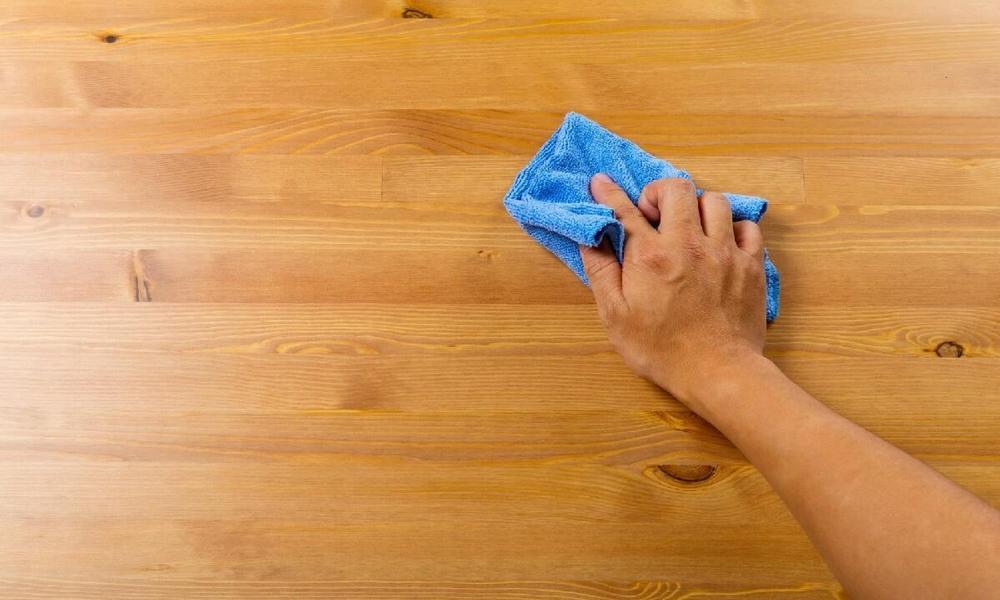Furniture Polishing is an essential part of our homes, and we all want to keep them looking their best. Polishing your furniture is one way to maintain its appearance and protect it from damage. While there are many commercial furniture polishes available on the market, you can also make your own furniture polish at home. In this article, we will discuss how to DIY furniture polishing.
- First, let’s discuss the benefits of furniture polishing. Furniture polishing helps to protect your furniture from scratches, water damage, and other types of damage. It also helps to keep your furniture looking new for longer. Regular furniture polishing can also help to restore shine and luster to dull or worn-out furniture.
- To make your own furniture polish, you will need some basic ingredients. One of the most common ingredients for furniture polish is beeswax. Beeswax is a natural ingredient that is easy to work with and can provide a protective layer on your furniture. You can purchase beeswax online or at your local craft store.
- In addition to beeswax, you will also need some other ingredients to make your own furniture polish. One of the most popular combinations is beeswax, olive oil, and vinegar. To make this mixture, you will need to melt the beeswax in a double boiler or in the microwave. Once melted, add olive oil and vinegar to the mixture and stir until combined. The olive oil will help to moisturize your furniture, while the vinegar will help to remove any dirt or grime.
- Another popular DIY furniture polish recipe involves using coconut oil and lemon juice. To make this mixture, you will need to melt the coconut oil in a double boiler or in the microwave. Once melted, add lemon juice to the mixture and stir until combined. Lemon juice contains citric acid, which can help to remove stains and brighten your furniture.
- When applying your homemade furniture polish, it is important to apply it in a thin, even layer. You can use a soft cloth or a brush to apply the polish. Be sure to work in small sections, and buff the polish with a clean cloth after application.
- It is important to note that not all types of furniture can be polished with homemade furniture polish. For example, furniture with a high-gloss finish or furniture made from plastic or metal may not respond well to homemade furniture polish. It is also important to test your homemade furniture polish on a small, inconspicuous area of your furniture before applying it to the entire piece.
In conclusion, DIY furniture polishing can be a great way to protect your furniture and keep it looking its best. With some basic ingredients and a little bit of effort, you can make your own furniture polish at home. Just be sure to test your homemade polish on a small area first and only apply it to furniture that is compatible with the ingredients you are using.

Comments